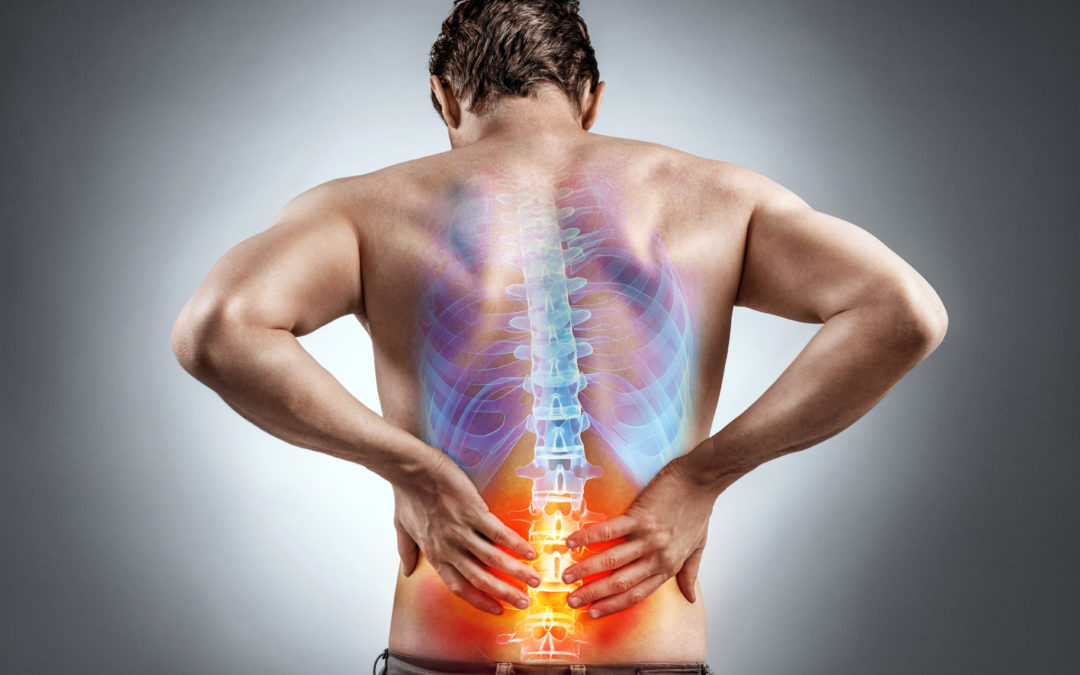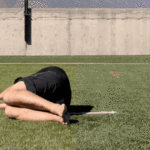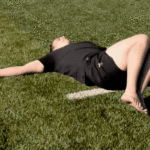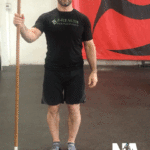Welcome!
Thank you for signing up to get access to this material. We hope the webinar was helpful and that it gave you hope of being pain free soon. In the meantime, the fact you are willing to continue what you learned online means you are likely going to do great and we want to help.
Rules of Engagement
We want to make sure you are doing everything as safely and effectively as you can. So, please follow these simple rules:
-
NO PAIN!
-
Good Posture
-
Constant Breathing
-
Move with Precision
-
Move with Least Tension
-
Stay within the confines of your rehab plan given by your Dr.
-
NO PAIN!
Start slow and make everything easier than you think you should. As your skill and confidence grows, so will the pain free ranges of motion and results!
Changing Inputs to Your Nervous System
We described that pain is an output of your brain which is protective of nature. We also talked about how changing the inputs to your nervous system can change the outputs in this case pain, . Listed below are some examples of things that you can try to see if it makes a difference in your pain-free range of motion.
How do you know whether something works for you? Before you try a change to your nervous system, assess your pain on a 1 to 10 scale. If you need to move a certain way to “find” your pain, stop moving just before discomfort turns to pain. Note how far and fast you were able to move. That’s your pain-free range of motion. Now try one of the activities below. Return to your original position and reassess. Further or faster are positive changes and the activity may help you reduce you pain, particularly if done multiple times a day. The activities can be even more beneficial if you find several and use them together.i
Therapeutic Movement
Here are five movements that we covered in the webinar and our clients have found useful for a variety of pain issues. We are not trying to correct movement patterns which you may eventually need to address. But, any one of these movements might be helpful in reducing your pain by reducing threat. Just click on the picture to see more detailed instructions.
Other Activities that You Should Try
- Hydration – dehydration can be a source of threat
- Tactile Input – light massage, vibration, brief applications of heat or cold
- Conscious Improved Breathing – good breathing can make a big difference
- Reduced Stress – Stay connected with loved ones, meditate, pray, laugh
- Move more, move often, move well – but not unusually high intensity or volume
If You Want More Help
Obviously, circumstances right now make it difficult to get the care that you were hoping for. But we have been able to help individuals all over the world, identify their problems and develop strategies to minimize or even fix them online. You can be anywhere – USA, Europe or even at 18,000 ft. on Everest, and we can help you. Click on the links below to schedule a free 10min consult with Dr. Higgins and our therapists, or go directly to scheduling a 15min or 60min appointment. We look forward to working with you!
Free 10-Minute Consultation
If you have questions, need a little more direction or would like to discuss how our remote training could help you, please click the button below to schedule your free consultation.
Stay in Touch
If you’d like to receive more content like this, just add your name and email below. We do not share your email with anyone else and you can always unsubscribe.






